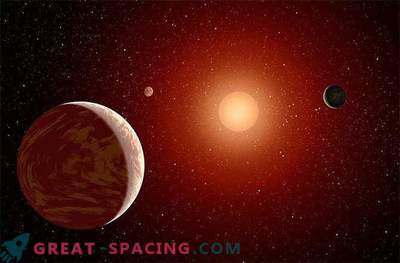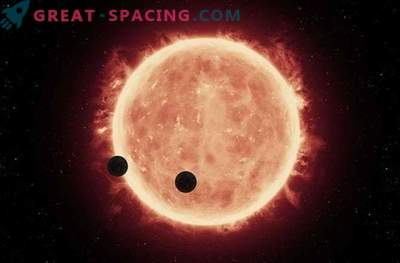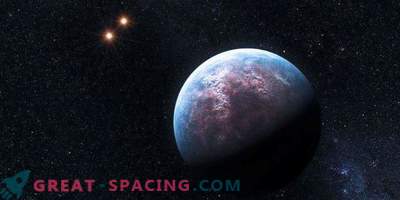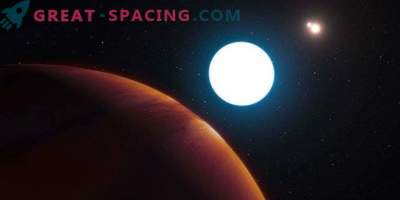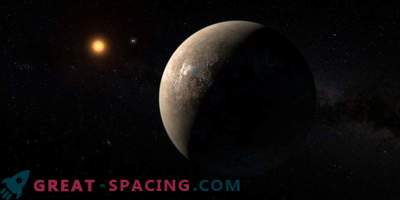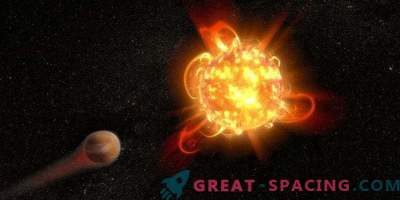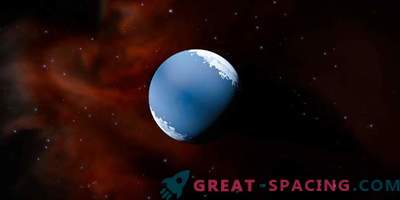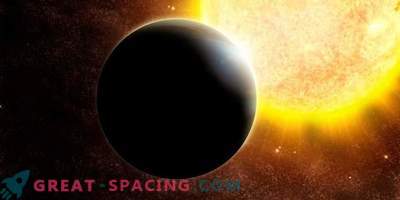
Astrobiologists flush low-mass stars in last place when searching for inhabited exoplanets, but a new study shows that these small stars can actually transform a lifeless “mini-Neptune” into a potentially habitable “exo-Earth”.
Red M-type dwarfs have two qualities that are usually considered too harsh to sustain life: extreme tides and aggressive space weather.
Since the star is smaller, its living area is more compact, so any potentially habitable world will rotate very close to the star. Such a close location to Earth will cause extremely high waves on the planet, making it barren.
"This is the reason why there are ocean tides on Earth. Thanks to the tidal forces of the Moon and the Sun, a bulge is created on the ocean, which we perceive as a tide," said Rodrigo Lüger, lead author of an article from the University of Washington. "Fortunately, on Earth, this water is distorted only a few feet. But on large planets located in residential areas of M-type dwarfs, much stronger tidal forces are formed." These tidal forces will physically deform the crust of the planet, causing extreme tectonic activity and volcanism, which may form the greenhouse effect and evaporation of any water on the surface. Synchronous rotation, when one side is turned all the time to the star, will also become a problem.
M-type red dwarfs are known to have unstable cosmic weather, and any planet located in the habitable zone of a star will be subject to powerful stellar flares and strong stellar winds. This irradiated environment will ultimately nullify any remaining atmosphere.
But what is bad for the Earth, as for a potential exoplanet, may not be so bad for a mini-Neptune, which has a denser atmosphere.
“Mini-Neptunes form far from their parent stars and have large amounts of ice molecules with hydrogen and helium that form an ice and stone core surrounded by a massive gaseous medium,” Lüger added.
“Initially they are cold and inhospitable worlds,” continues Lüger. "But the planets do not always stay in place. Along with other processes, tidal forces can also cause the planet to move deep into orbits." Internal migration will subject mini-Neptune to stellar radiation and for millions of years the atmosphere of mini-Neptune can be blown away by the wind. After that, instead of the planet, only the core will remain.
"Such a planet is likely to have a surface rich in water. This will happen after the planet is in the habitable zone and the ice melts to form oceans."
As the planetologists emphasize, the transformation of the giant into the Earth’s twin does not occur with a 100% guarantee - there are many factors that can prevent such a metamorphosis. For example, if the luminary evaporates the “neptune” too slowly, the planet will retain a thick gas envelope.
